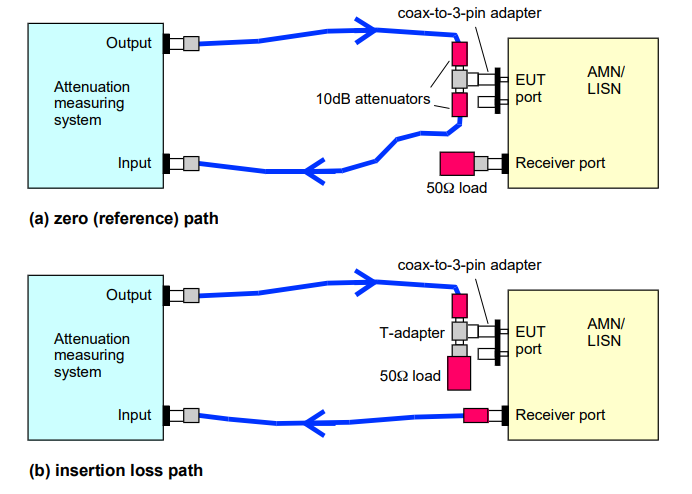
Figure 2: Input impedance of the LISN varies with frequency from 5Ω at 9 kHz to 50Ω at 30 MHz
In Page 27 of Calibration and use of artificial mains networks and absorbed clamps from EMC Standards, author Tim Williams, it says:
... The insertion loss of LISN is measured as a voltage ratio between the EUT port and the receiver port for all lines. It is normal practice to use a 50Ω system for the measurement, but as the input impedance of the AMN/LISN varies with frequency from 5Ω at 9 kHz to 50Ω at 30 MHz, driving the EUT port from a 50Ω source would give an input voltage that changes with frequency. The correct way to make the measurement is to feed the AMN/LISN and measuring system in parallel through a Tee adaptor, providing effectively a zero source impedance. The receiver port is terminated with a 50Ω load and readings taken on the attenuation measuring system over the required frequency range. The measurement system is then transferred to the receiver port and the 50Ω load transferred to the Tee adaptor. The insertion loss of the AMN/LISN is the difference between these two measurements.
My questions are
- Why I called “the wrong way” get a different insertion loss from ANSI or CISPR “correct way”?

Figure 3: the wrong way to calibrate the LISN insertion loss
- How can the so called correct way can create a “zero source impedance”, by 2 times measurement and parallel through AMN/LISN and measuring system? Can you make a drawing to explain it?


